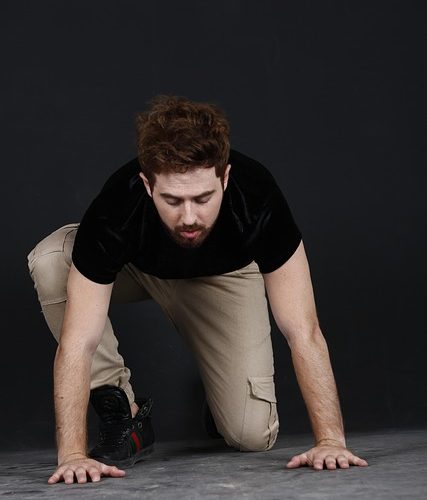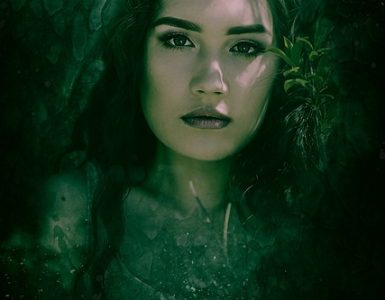First off, let’s talk about pop music. It’s like that friend who’s always the life of the party—catchy hooks, upbeat vibes, and infectious melodies that make you want to dance. Just think of artists like Taylor Swift and Ed Sheeran, who can turn the deepest feelings into chart-topping hits, making you sing along without even realizing it.
Then there’s rock, the genre that’s like a high-energy rollercoaster! Picture powerful guitars and roaring vocals, with bands like Queen or Nirvana leading the charge. Rock isn’t just about music; it’s an attitude, a way to let loose and express rebellion.
If you crave something a little more soulful, R&B might be your cup of tea. It’s smooth and seductive, painting pictures of love and heartache with every sultry note. Think of artists like Beyoncé or Usher, whose voices wrap around you like a warm blanket on a chilly evening.
And let’s not forget about hip-hop! It’s the pulse of modern culture, blending rhythm and poetry. With its clever lyrics and beats that make your heart race, artists like Kendrick Lamar and Nicki Minaj keep us hooked, feeling every word they say.
Jazz, on the other hand, is like a sophisticated dinner party—complex, improvisational, and utterly classy. Just picture the smooth sounds of saxophones and trumpets filling the air. It invites you to sit back and soak in the atmosphere.
With so many genres out there, each one has its own vibe and emotional pull, creating an endless soundtrack to our lives. Isn’t it amazing how music can connect us all?
The Main Categories of Music Styles
First up, we have rock music. Think of it as the rebellious teenager of the music world, with electric guitars and driving beats that make you want to headbang and shout. From classics like Led Zeppelin to modern sensations like Imagine Dragons, rock isn’t just a genre; it’s a lifestyle.
Then there’s pop music. This is the candy of the music universe—sweet, catchy, and hard to resist. Picture yourself humming along to the latest chart-toppers from artists like Taylor Swift or Dua Lipa. It’s designed to be infectious, so don’t be surprised if you find yourself belting out the lyrics in the shower!
But wait, we can’t overlook hip hop. This style is like a master wordsmith crafting poetry over beats, a powerful voice that speaks of life experiences and social issues. Through artists like Kendrick Lamar and Cardi B, hip hop has transformed the music scene, pushing boundaries and sparking conversations.
And how about classical music? It’s the elegant grandparent of all genres, offering a rich tapestry of sounds by composers like Beethoven and Mozart. Listening to a symphony can feel like being wrapped in a warm, cozy blanket while you drift through time.
Then we have jazz, the free spirit of music. With its improvisation and complex rhythms, jazz can feel like a conversation between musicians, where every note is a word, and every solo is a personal story.
Lastly, let’s not forget about electronic dance music (EDM), the vibrant heartbeat of nightclubs, pulsating with energy and light. It beckons you to the dance floor, promising pure euphoria with every drop and beat.
So, which music style resonates with you? Remember, there’s an entire world of sound just waiting for you to explore!
How Genres Influence Culture
Take hip-hop, for example. It’s more than just beats and rhymes; it’s a powerful platform for storytelling that speaks to real-life issues like inequality and empowerment. Similarly, horror films often tap into our deepest fears, reflecting societal anxieties—like how a classic slasher can symbolize the dangers lurking in our everyday lives. How does this happen? Well, genres serve as mirrors, reflecting the prevailing attitudes, struggles, and triumphs of their times.
Now, consider romance novels. They often celebrate love, but they also challenge societal norms. The way characters navigate love and relationships can inspire readers to question their own ideas about romance. It’s fascinating how poetry, dance, and even cooking shows—yes, cooking shows!—can influence cultural perceptions and interactions. They can introduce us to new flavors, both literally and metaphorically.

Genres shape our understanding of each other, sparking conversations and debates that can shift cultural narratives. Have you ever found yourself caught in a lively discussion about a series finale or a song’s meaning? These genres create community, a sense of belonging where people unite over shared interests. They don’t just entertain us; they help us build identity and connect on a deeper, more personal level. It’s like we’re all part of one big story, each genre adding a unique chapter that enriches the plot of humanity.

























Ajouter un commentaire